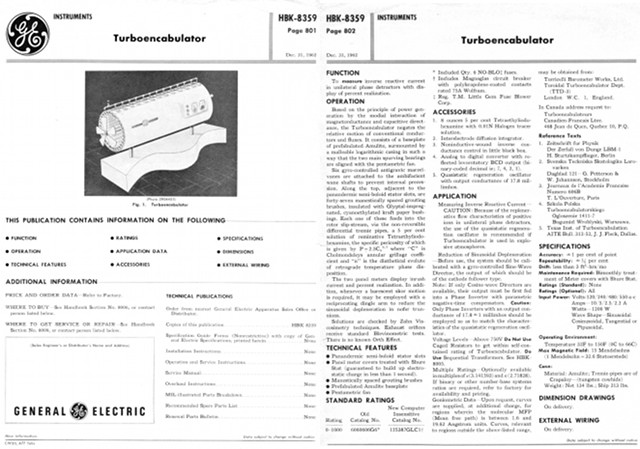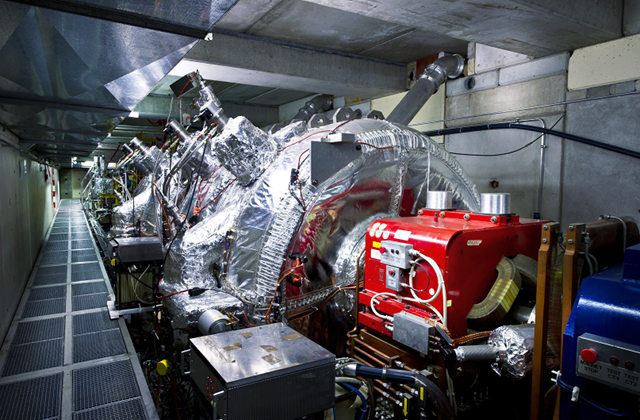Scientists at General Electric are now close to perfecting a machine that would not only supply inverse reactive current for use in unilateral phase detractors, but would also be capable of automatically synchronising cardinal grammeters. This machine has come to be known as a “Turboencabulator” but is also sometimes referred to as a “retro-turboencabulator”, depending on the configuration of the phase detractors.

Extract of original GE turboencabulator patent filing
The prototype of the machine has a base-plate of prefabulated amulite, surmounted by a malleable logarithmic casing in such a way that the two spurving bearings are in a direct line with the pentametric fan. The main winding is of the normal lotus-δ type, which is placed in panendermic semi- or full-boloid slots in the stator, with every seventh conductor being connected by a nonreversible treme pipe to the differential on the ‘up’ end of the grammeters.

GE’s original prototype turboencabulator
Twenty-one or forty-two manestically spaced grouting brushes are arranged to feed into the rotor slipstream a mixture of high S-value phenylhydrobenzamine and 5% reminative tetryliodohexamine. Both of these liquids have specific pericosities given by P = 2.5 C.n where n is the diathetical evolute of retrograde temperature phase disposition and C is the annular grillage coefficient. Initially, n was measured with the aid of a metapolar refractive pilfrometer, but recent advantages have used hopper dadoscopes. The turboencabulator has already been successfully used for operating nofer trunnions. In addition, whenever a barescent skor motion is required, the turboencabulator may be employed in conjunction with a in-drawn reciprocating arm to reduce sinusoidal depleneration.
More information:
- Turboencabulator from GE